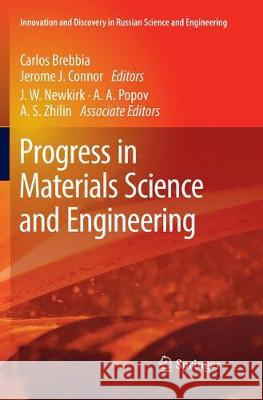Progress in Materials Science and Engineering » książka
topmenu
Progress in Materials Science and Engineering
ISBN-13: 9783030092054 / Angielski / Miękka / 2019 / 212 str.
Kategorie:
Kategorie BISAC:
Wydawca:
Springer
Seria wydawnicza:
Język:
Angielski
ISBN-13:
9783030092054
Rok wydania:
2019
Dostępne języki:
Numer serii:
000821030
Ilość stron:
212
Waga:
0.36 kg
Wymiary:
23.37 x 21.59 x 1.02
Oprawa:
Miękka











